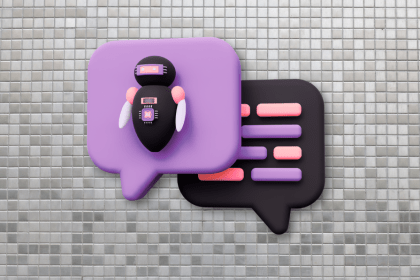
Design cancel buttons that feel safe, not frustrating. Learn how to build clear, accessible flows that protect users and their data.

Commoditized UX design is everywhere — and it’s killing strategy. This blog shows how to push back and reclaim design as a problem-solving tool, not a factory line.

Apple’s Liquid Glass UI is beautiful, controversial, and possibly trend-defining. Here’s what UX designers need to know — and do — right now.

This blog shows how it redefines prototyping, MVPs, and internal tools — all with a prompt. See how Lovable AI lets UX teams go from idea to interactive UI faster than ever.

Accessibility isn’t just dev work — find out what designers can do from day one to support accessible, inclusive user experiences.

The rule of thirds is a hidden rule in design but is everywhere you look. Let’s look at how it can impact landing page design.

You don’t need a huge budget or a DEI specialist to start inclusive research. Just intention and the right approach. Here’s how to begin.

Streamline your UX process with proven techniques for research, ideation, prototyping, and testing — explained step by step.

I’ve used these prompts to write UX briefs, hero copy, and even build wireframes. Steal them — or use my framework to make your own.

Learn when and how to use toast notifications in UX—plus best practices, use cases, pitfalls, and accessibility tips.

Explore linear design in 2025—what it is, how it’s changed, and how to use it without making your product look like every other site.

Design constraints are limitations on what designers can do with a design. They can feel like a bad thing, but they can be useful.